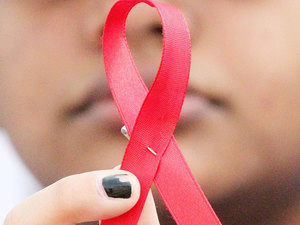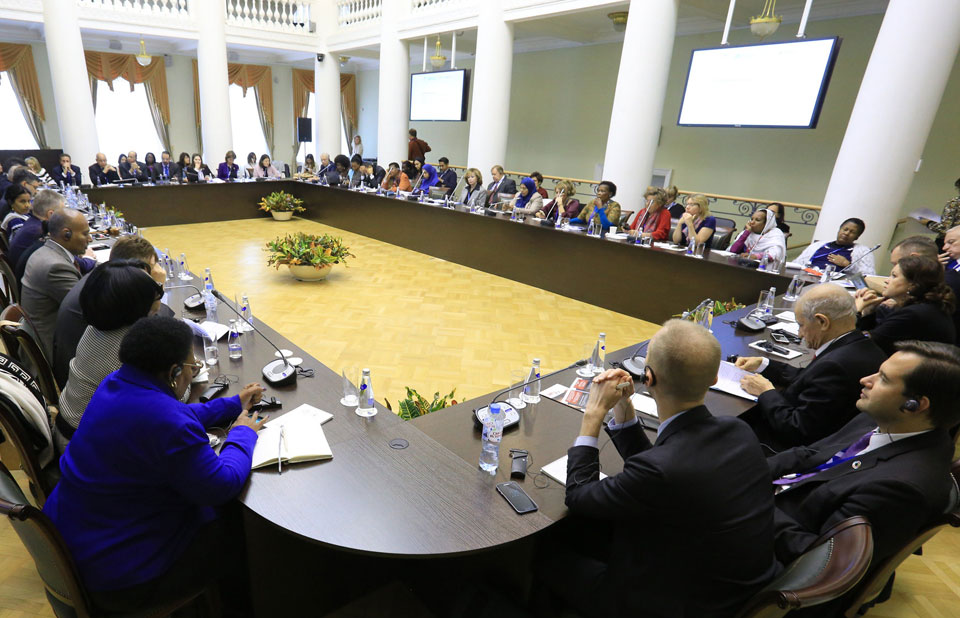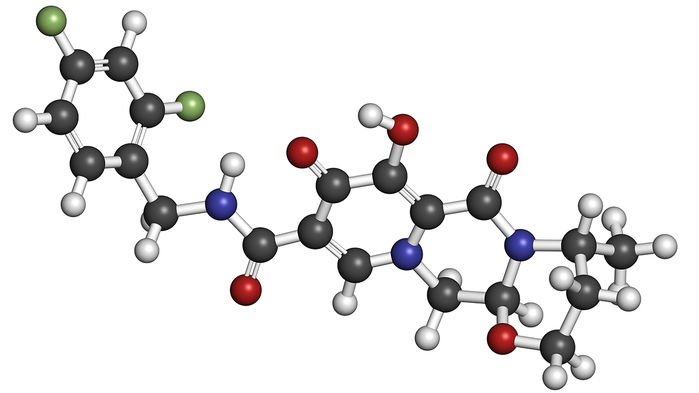An update from the Joint United Nations Programme on HIV/AIDS (UNAIDS) suggests that lower investment is needed to achieve global HIV targets than previously thought.
UNAIDS has indicated that US$ 26.2 billion is required to build sufficient momentum by 2020, to end AIDS by 2030, compared to an earlier estimate of US$ 30 billion.
A significant injection of funding is needed between 2016 and 2020; a critical period to meet UNAIDS Fast-Track targets to prevent new HIV infections and reduce AIDS-related deaths and combat discrimination.
UNAIDS’ update is based on projections that lower the overall cost estimate of resources required to respond to the epidemic. Most significantly, reduced unit prices for antiretroviral treatment and ‘efficacy gains’ from a more streamlined approach to care and support services for people living with HIV.

The US$ 26.2 billion figure represents an increase of around a third based on current levels of funding. UNAIDS estimates that increasing domestic health budgets proportionately in line with national HIV prevalence will provide the most significant increase in funds, but recognises that low-income countries with high rates of HIV will require international support to cover these costs.
It is estimated that the implication of not increasing existing levels of funding would be an additional 17.6 million new HIV infections and 10.8 million AIDS-related deaths globally between 2016 and 2030.
UNAIDS Executive Director, Michel Sidibé, commented: “The cost of inaction is too high. We have a real opportunity to end the AIDS epidemic by 2030. If we do not quicken the pace of action, millions of people will die needlessly.”





